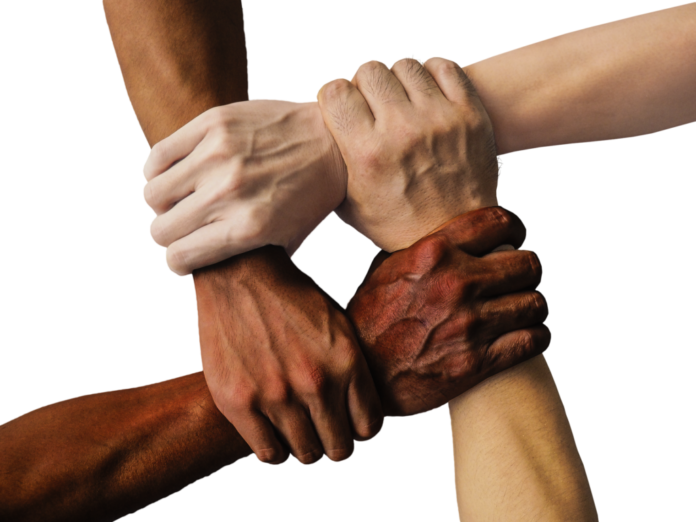Source: MakeLemonade.nz
Te Whanganui-a-Tara – New projections, out to 2043 indicate that the ethnic make-up of the population will be significantly different from what it is now.
New Zealand is a nation that is becoming more ethnically diverse. By 2043, New Zealand is projected to be home to just over six million people, with just over a quarter of our population being Asian, 21 percent Māori, and 11 percent Pacific, as seen below.
A notable change in New Zealand’s population composition, between 2018 and 2043, will be the increased proportion of the Asian population. By 2043, the Asian population will be the second largest ethnic group in New Zealand, overtaking Māori, this is projected to happen as early as 2023.
The Asian population will be the fastest growing ethnic group in New Zealand, researcher Berl says.
It is expected that the Asian population in New Zealand will grow, on average, by three percent annually, between 2018 and 2043, when it will eventually account for just over a quarter of the total population. However, the largest contributor to this will be positive net migration.
This growth in the Asian population will occur in most regions of New Zealand, but it will be particularly prominent in the Auckland region.
The Asian population in Auckland is projected to account for 44 percent of the regional population in 2043, up from 29 percent in 2018. Similar, but not as significant, will be growth in Wellington, where the Asian population is projected to grow from 13 percent in 2018, to 23 percent in 2043.
It is likely that this growth, resulting from net migration, will be driven by labour shortages that will be most likely be filled by migrants in the coming years. All 16 regions will experience increases in their Māori population.
Given the very young age structure of the Māori population, with 32 percent of Māori under 15 years of age in 2018, Stats New Zealand says there is greater built in momentum for future growth compared to the European and Other ethnic group. The Māori population in New Zealand is expected to grow from 17 percent in 2018, to 21 percent in 2043.
The largest regional Māori population will be in Gisborne, and the region is projected to have 69 percent of its population identifying as Māori by 2043. Similarly, Taranaki, Manawatū-Whanganui, Hawkes Bay and Northland will also experience notable increases in the proportion of Māori in their regional populations.
An ageing European or other population, partnered with much younger Māori, Asian, and Pacific populations and high net migration, will be the driving factors for New Zealand becoming more ethnically diverse in the near future.



